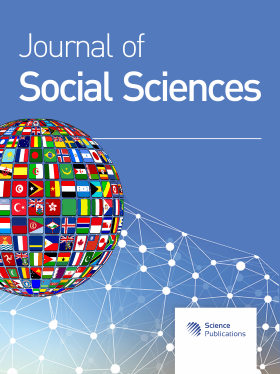Gurjun-Oil Tree: Buddhist Way and the Conservation and Revitalization of Gurjun-Oil Trees in Isan Cultural Forests
Abstract
Problem statement: This research aimed at investigating the background of gurjun-oil trees in Iran cultural forests, the present situation and difficulties of gurjun-oil tress and the Buddhist way concerning the conservation and revitalization of them in Iran cultural forests. Approach: A qualitative research was applied to find the data in 7 forest areas of the province of Yasothon, Roi ET, Sisaket, Ubonratchathani, Burirum, Mahasarakham and Kakasin. The sample of 147 people was selected by means of a purposive sampling consisted of 42 key-informants, 70 people involved the conservation and revitalization of gurjun-oil trees and 35 general informants. The data were collected by survey, a participative observation, a non-participative observation, a structured in-depth interview, a non-structured in depth interview, a focus-group interview, a workshop and an evaluation of planting activity. Research data were analyzed according to research purposes and presented by means of a descriptive analysis. Results: The results revealed that gurjun-oil trees in Iran cultural forests (cultural forests in the north-east of Thailand) were native trees which gave people a lot of useful thing; for example people used oil of gurjun-oil trees for tinder, torches and putty. The present situation is a sharp reduction in the number of trees, the forests deteriorated into denuded forests, the people degenerated into selfish persons and competed in using natural resources for living and commercial purposes. The Buddhist way concerning the conservation and revitalization of gurjun-oil trees was the participation of three sectors; they were community leaders, state leaders and monk leaders. Necessarily, all community members must do their right duties in order to conserve and revitalize gurjun-oil trees. Conclusion/Recommendations: In conclusion, the conservation and revitalization of Gurjun-oil trees must support by the participation of all social sectors then it will be a sustainable way in the future.
DOI: https://doi.org/10.3844/jssp.2010.383.385

- 6,117 Views
- 3,711 Downloads
- 0 Citations
Download
Keywords
- Gurjun-oil trees
- Buddhist way
- conservation revitalization
- Iran culture forest
